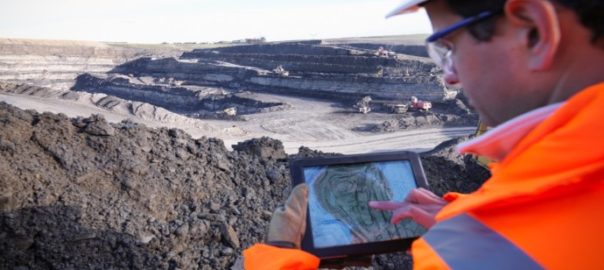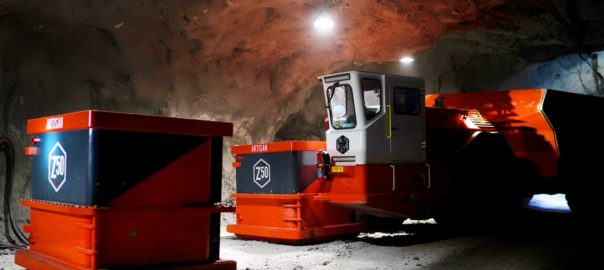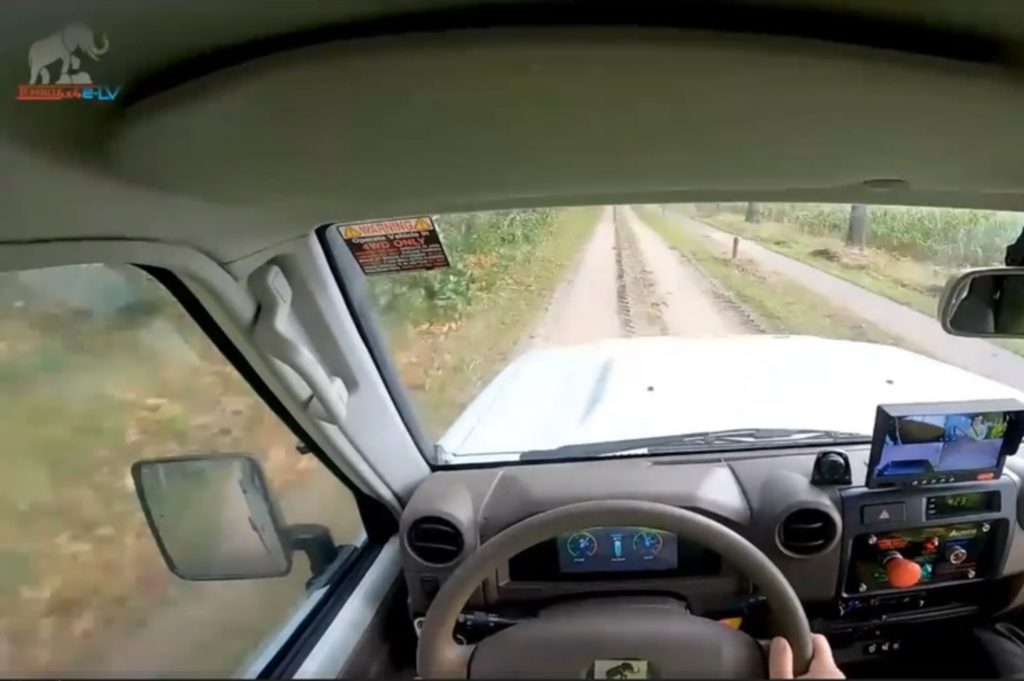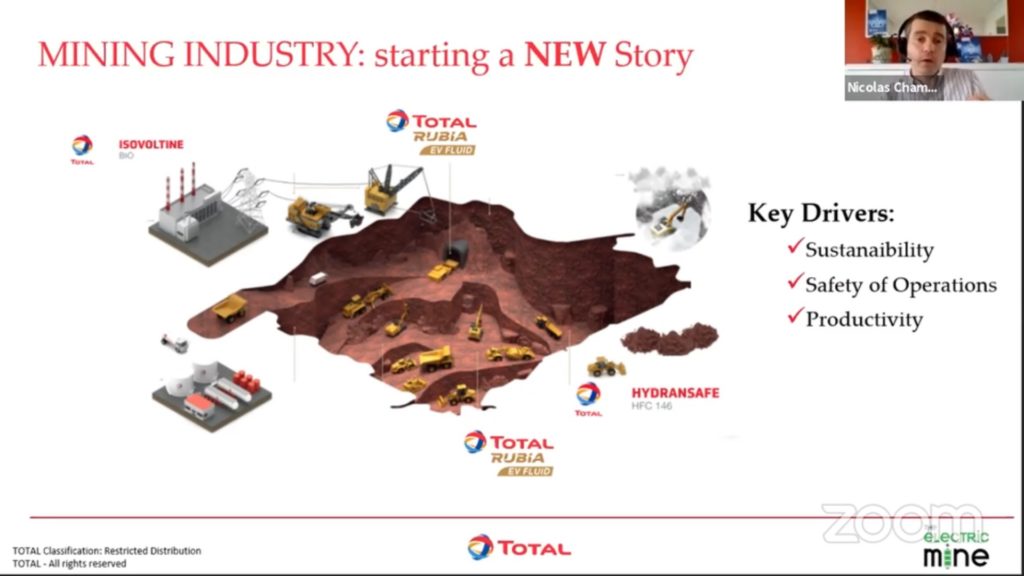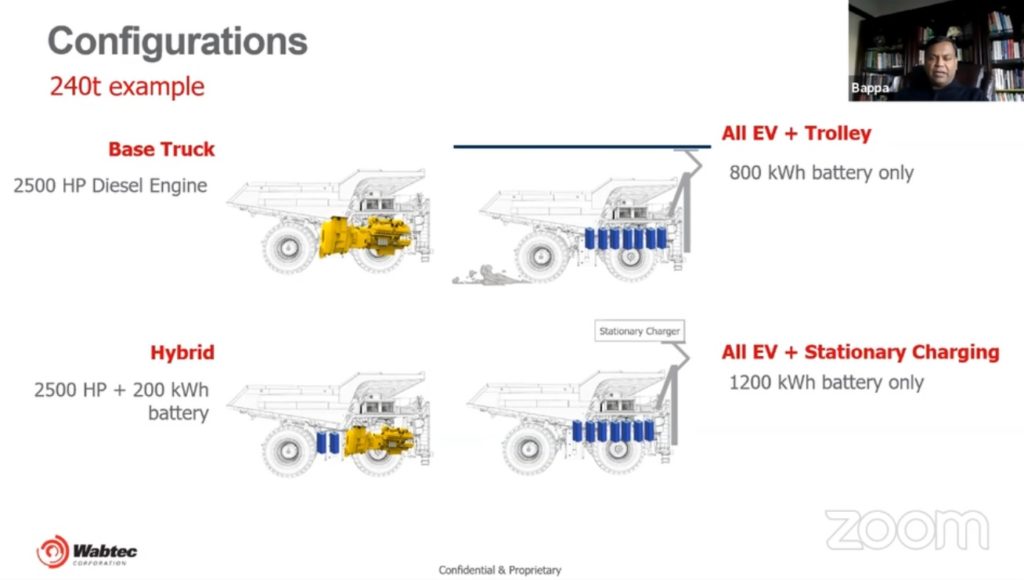EY Canada has welcomed AFARA and its team of multidisciplinary consultants to the firm to deepen existing resources and expertise in sustainability, and environment, social and governance (ESG) services.
With presence in Toronto and Calgary, Canada, AFARA provides leading public and private sector organisations with solutions – grounded in actionable insight – that make lasting improvements in sustainability performance, EY Canada says.
“Businesses around the world are now embracing societal change and sustainable development as road maps to long-term success – and we are excited to play a role in that journey,” Kent Kaufield, Chief Sustainability Officer and ESG Markets Leader at EY Canada, says. “At the end of the day, sustainability is everybody’s business. With AFARA, we look forward to helping clients build resilient, sustainable companies and economies, while furthering the energy transition.”
Dan Zilnik, President at AFARA, said: “It’s incredible to be joining an organisation so focused on culture, values and solving some of the world’s most meaningful, complex problems.”
For nearly 20 years, EY teams have built a legacy in providing sustainability and ESG services. Now, with AFARA joining the EY-Parthenon practice, the firm will provide clients with enhanced end-to-end services that address the increasing ESG challenges organizations face today, it said.
Dave Rogers, Canadian Strategy Leader at EY-Parthenon, said: “From setting greenhouse gas reduction targets, to turning carbon dioxide pollution into valuable products and scaling up transformational recycling technologies, we’re helping leaders reframe their sustainability strategy to help protect and create value for business, people, society and the world. This investment is a testament to firm’s commitment to accelerating climate action, and empowering its people and clients do the same.”








